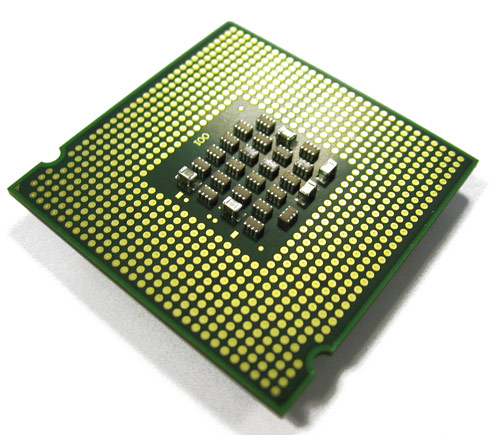The definition of a professional trader is, "professional" meaning a method to support oneself financially and secondly "trader" describing the type of activity, thus a professional trader makes their living in the markets.
According to our most trusted news site, CNN. The average salary for a freshly minted CS grad is $60,872 which means:
- $5,072 / month
- $1,268 / week
- $253 / biz day
Now if we break that $253 / day into HF style trades it looks like
@ 1 share/ day -> $253 net gain / share
@ 10 share / day -> $25.3 net gain / share
@ 100 share / day -> $2.53 net gain / share
@ 1000 share / day -> $.253 net gain / share
@ 10,000 share / day -> $.0253 net gain / share
@ 100,000 share / day -> $.00253 net gain / share
At 100K shares / day with a *net* pnl per share of 0.253cents (less than a penny) we could make it work. At 10k shares / day with 2.53 cents / share profit also in the realm of feasibility. Note that 25 cents / share profit for every share is possible but think your pushing it to expect that consistently day-in-day-out in high volume. Remember this is per share, not per trade.
Now lets say we choose 10k shares @ 2.543cents / share net pnl, e.g. we`re trading the spread+a tick or two and our edge is say 10%. Meaning 60% of our trades make that 2.543cents, and 40% of the trades loose 2.54 cents, NOTE: in reality that kind of equally priced distribution abs(win) == abs(loss) is highly unlikely.
Result is we actually need to trade
$254 = k * (0.6 * 0.0253 - 0.4 * 0.253) where k = 50K, so our 10K shares is now 50K shares.
Counting in trades lets say we`re trading lots of 100 shares, meaning we`re doing 500 trades / day. And lets say the market is open 6H / day which means 500 trades equally spaced is 6 H * 60Min * 60Sec / 500 trades = 43.2sec. e.g. thats one trade every 43.secs for 6 hours but actually its half that because you need to enter/exit the position, so we`re doing 1 trade every 21.6 seconds.
.
.
.
It starts to put this HF trading thing in perspective -> 1 trade every 21.6secs that makes 2.5 cents/ share on average, to makes $250 / day or $60K / year..... a nice healthy dose of reality.
What im doing now is diversifying my income strategies. Some of this is trading strategies, some un-related and others quite frankly you just would not believe. Having 20/20 hindsight theres so many things I would have done differently, but easily the most important would be to build non-trading income strategies, that cover your bills when the trading hits a rough patch - because when your starting out its just one endless bumpy rough ride.


Great post, really puts everything into perspective. Thanks for sharing.
ReplyDeleteHave you considered branching out into different markets? For example, spot FX trading has seen a surge in HFT in the last few years due to big equity shops looking to diversify their asset class exposures.
ReplyDeleteThanks for the comments. The up side of-course is if you can make 60K/year in the market you can probably scale the strategy x10 to make 600K/year and beyond.
ReplyDeleteAs for other markets absolutely :)
Oh and that assumes that you get filled on everything you send to the market. In reality, no HFT has a 1:1 order:fill ratio. Just assuming a conservative 10:1 order:fill ratio, then you would already be sending an order out once every 2 seconds. Moving up to a more realistic 100:1 would make it once every 200ms.
ReplyDeleteExcellent point Anon.
ReplyDeleteThe above calculations are only for the filled orders and quietly ignoring what it takes to get those fills.